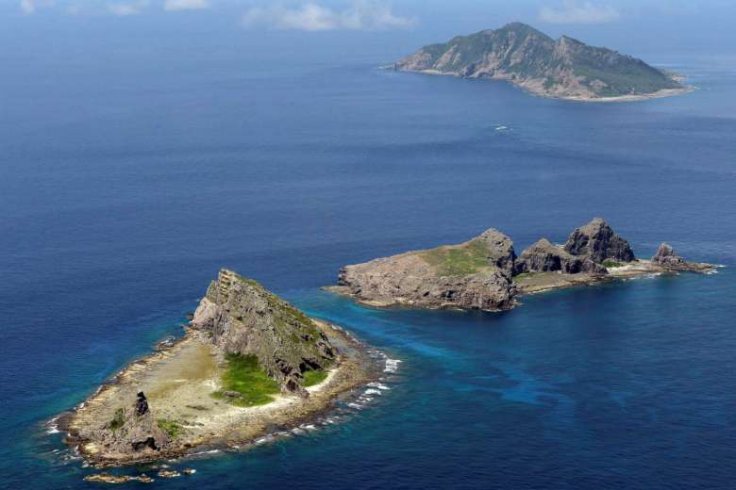Japan is determined to carry out a mammoth military buildup in the next five years, as Tokyo sees a real and clear threat from China under Xi Jinping. Japan has already shunned the long-held pacifism and stated arms buildup but the elevation of Xi as an all-powerful leader in the Party Congress has instilled a new sense of urgency among the Japanese.
Xi said at the Party Congress that the military option to take Taiwan will never be ruled out, amid escalated concerns over a possible Chinese military operation against the self-ruled island. The Russian military action in Ukraine serves as the right backdrop for the risky way geopolitical tensions could escalate.

Will China Capture Senkaku Islands?
Japanese defense experts weigh in on the chances of China trying to capture and occupy Japanese islands near Taiwan, so that they could launch the military annexation of Taiwan more efficiently.
China and Japan have claimed for centuries that the islands known as Senkaku in Japan and Diaoyu in China are part of their territories. The rich fishing atoll, which is part of the Ryukyu Islands, also known as the Nansei Islands, became a point of contention between Tokyo and Beijing when China challenged Japan's authority over the islands in 1970.
In 2004, China started developing four gas fields in East China Sea, following which both sides decided to set up a joint development region but a resolution has never been reached.
A major point in the increasing escalation in the conflict was in 2012 when Japan bought three of the islands from private owners and nationalised them. China responded by increasing its military presence in the region and more frequent violations of Japan's territorial waters.

Militarizing Islands
In December 2015 Japan confirmed it was setting up anti-ship, anti-aircraft missile batteries on 200 islands in East China Sea and increasing the number of military personnel on these islands to around 10,000 over five years.
Chinese Provocation
China recently launched missiles into the waters near the islands as a show of anger against the visit of US House Speaker Nancy Pelosi to Taiwan. The islands could be a critical element in a future Chinese military operation in Taiwan, Japanese defense strategists think. China might also target the islands as it wants to neutralize Japan's military bases, airports, seaports, and other logistical hubs on the islands.
A Chinese attack on the islands, coupled with a possible US 'no-show', will make it contingent on Tokyo to go in all alone in the defense of the country.

Japanese Public Favors More Defense Spending
The Japanese public opinion has greatly swung in favor of greater militarization after Russia's invasion of Ukraine this year. According to an opinion poll conducted by broadcaster NHK, a whopping 55 percent of respondents said Japan should spend more on defense.
In July, Japan announced a doubling of defense spending, earmarking more money to acquire longer-range missiles such as Mitsubishi Type 12s, Kongsberg Joint Strike Missiles and Lockheed Martin Joint Air-to-Surface Standoff Missiles.
Overhauling Pacifist Military Policy
In August, Japan made it clear that it is inching closer to a thorough overhaul of its long-entrenched 'pacifist' military policy in the backdrop of rising geopolitical tensions. A prominent Japanese newspaper reported that Tokyo plans deploying cruise missiles with 1,000 km range to enhance its counterattack capability against China.

"If Japan can strengthen its defence capability ... then China's calculation to attack U.S. forces on Japan will be quite different, the cost and risk of a Taiwan operation will be quite high," said Yasuhiro Matsuda, a former Ministry of Defence senior researcher, according to Reuters.
Even as Japan's main threat remains China, Noth Korea too has become a credible threat in recent years, with its frequent ballistic missile and nuclear weapon tests. Earlier this month, North Korea fired a ballistic missile over Japan, prompting Tokyo to issue an alert asking residents to move to shelter. The ballistic missile passed over Japan and landed in the Pacific ocean after travelling 4,500 km.









